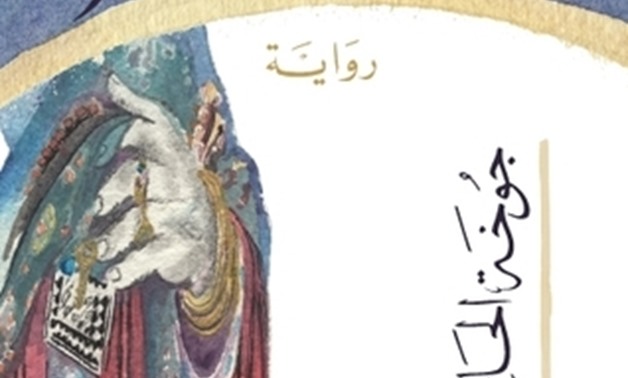
Images source: Goodreads.com.
CAIRO – 9 July 2019: "Celestial Bodies", the winner of the Man Booker International Prize in 2019, is the first Arabic novel to win the prestigious prize.
Translated by Marilyn Booth from "Sayyidat al-Qamar" (Ladies of the Moon), it is the second novel by the UK-based Omani novelist and academic Jokha Alharthi. The novel was first published in 2010. The £50,000 prize was divided equally between the author and the translator.
This captivating page-turner introduces the readers to the Omani society, a society that is not familiar to most of the Arab readers, let alone the non-Arabs. It is a saga of Omani families that spans from the 1880s to the early years of the 21st century. This novel gives a profound insight into the political and cultural history of Oman and how it was gradually modernized.
"Celestial Bodies" consists of over 60 short chapters in which the narration shifts from the first person narration by only one character, Abdallah, to the conventional third person narrator telling the story from the standpoint of the rest of the characters. The narration travels in time and space in a non-linear style, taking us within a few pages from generation to another, and from shopping malls in Muscat, the capital, to nomadic tents in the fictitious village of al-Awafi.
At the center of the award-winner lie the accounts of three Omani sisters, with totally different personalities. Their stories have much to do with love, ambition, and motherhood. Their stories are very human that readers from around the world can relate to.
The novel sheds light on slavery in Oman, one of the last countries to officially prohibit it, ending it in 1970. Among the characters we find a slave merchant, a lucrative business in the first half of the 20th century. We also find a freeman from Balochistan in Pakistan that gets kidnapped as a child by pirates and sold in Oman as a slave. One of the novel's main female characters, Zarifa, is a female slave born to a family of slaves of African origin, but knows no other home than her village, al-Awafi.
With the characters woven into the Omani history, the novel mentions the treaty of Sib in 1920 that divided the nation into a secular, pro-British part governed by the sultan on one side, and a traditional tribal part governed by an imam on the other side and shows how this affected the fabric of the society.
The best Arabic novel?
Like thousands, and perhaps millions, of Arab readers, I read this novel after it has won the prize. It turned to be an interesting page-turner that I finished it in one sitting. It left me researching the Omani history, cultural traditions, and even geography.
But does its win mean that it's the best Arabic novel ever written?
I tried to read it with an eye of a non-Arab and see how this novel can make non-Arabs feel.
Although it's surely not the Arab world's best novel, it is rich in appealing orientalist ingredients that fascinate western jury.
In this book, we find centuries-old traditional Arabic love poetry by al-Mutanabbi, Buhtrui, and from Layla and Majnun by the Persian poet Niẓāmi Ganjavi. We also come across local proverbs, wedding traditions, the fear of black magic, and Bedouin culture and lifestyle. Details as such were not mannered. In fact, the spontaneity of these particulars in the body of the novel made it more attractive, and definitely eye-opening.

Comments
Leave a Comment